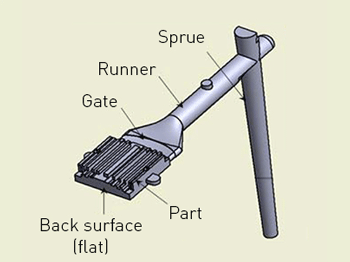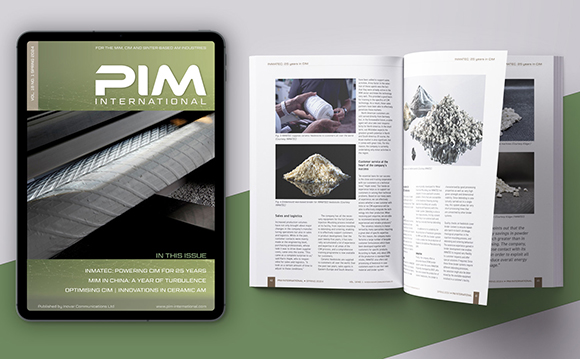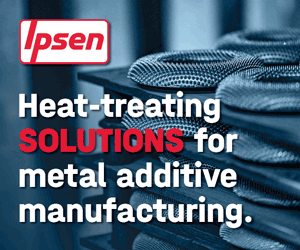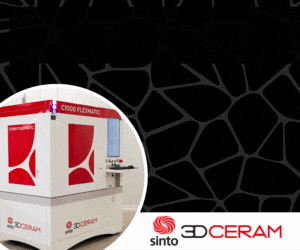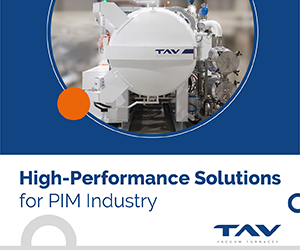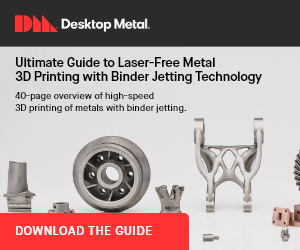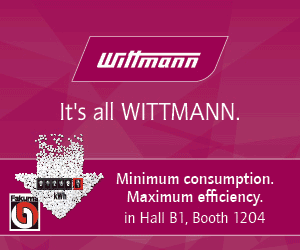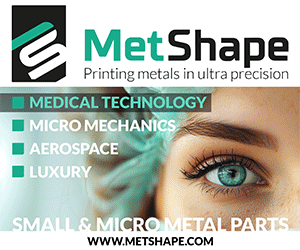European collaborative research project completed on high precision micro production technologies
December 3, 2015
A thee year collaborative research project entitled ‘High Precision Micro Production Technologies (Hi-Micro)’ and supported by the European Commission in the 7th Framework Programme (FP7-2012-NMP-ICT-FoF: 314055), was completed at the end of October 2015. The Hi-Micro consortium had the objective of developing technologies for the mass production of precision 3D micro-parts by precision micro Injection Moulding (μIM) and μPIM.
Other precision manufacturing technologies covered by the consortium included Additive Manufacturing to produce monolithic moulding tool inserts with integrated complex internal channels for efficient thermal management and process control; micro electrical discharge machining (micro-EDM), micro electro-chemical machining (micro-ECM) and micro-milling were also used to post-process the moulding tool insert features.
Also included in the innovative process chain was the application of special metrology techniques based on Computer Tomography (CT) to control the quality of the integrated complex internal channels, and developing handling system and high-speed in-line quality control system for non-statistic quality control and integrating it into an industrial production platform.
The Hi-Micro consortium had the objective of developing technologies for the mass production of precision 3D micro-parts
The project, which involved eleven partners from The Netherlands, Denmark, Germany, United Kingdom, and Belgium, was coordinated by the Technical University of Leuven. Included among the research partners were CIM producer Formatech Technical Ceramics BV and the Technical University of Denmark. The work covered by the latter included the effects of important process conditions on the shrinkage and surface quality of stainless PIM parts with micro features.
The results of one research project carried out as part of the Hi-Micro consortium were recently published in the paper “Shrinkage Behaviour and Surface Topographical Investigation for Micro Metal Injection Moulding” in the A.I.P. Conference Proceedings Series, Vol. 1664, 2014, in which A. Islam and colleagues from the Department of Mechanical Engineering at the Technical University of Denmark focused on the shrinkage behaviour and surface topographical investigation of micro MIM stainless steels. The authors systematically characterised the effects of important process conditions on the shrinkage and surface quality of parts moulded from Catamold 316L feedstock using a conventional injection moulding machine. The parts had micro features as can be seen in Figs. 1 and 2. The test geometry is characterised by 2½D surface structures containing thin ribs of different aspect ratios and thicknesses in the sub-mm dimensional range.
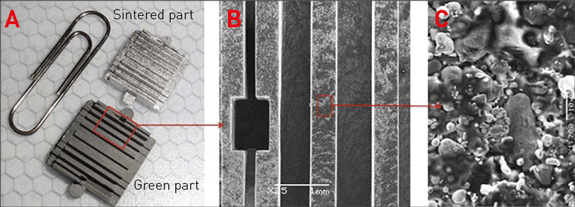
Fig. 2 Test parts – green and sintered part (A), surface of a green part (B) and magnified view of the surface showing the distribution of the metal particles on the surface (C)
The influence of process conditions on the achievable roughness for the final sintered metal parts is discussed and the authors state that there is a significant increase in the roughness values on the sintered parts in comparison with the green parts. The final sintered metal part is about seven times rougher compared to mould surface and is about 1.5 times rougher compared to the green part. Variations in process conditions had no significant influence on final roughness, but high mould and melt temperature tend to reduce the surface roughness compared to the recommended process conditions.
The authors also investigated the shrinkage behaviour of injection moulded metallic parts at the micro dimensional level. The results presented in the paper clearly show that the shrinkage in metal part is not uniform at the micro scale. It depends on the process conditions as well as on the feature dimensions. A thin section of the part exhibits higher relative shrinkage compared with a thicker section. From this observation, it can be concluded that a micro part moulded by the MIM process will have higher relative shrinkage compared to a macro part made with the same process. The morphological investigation shows differences in morphological structures depending on the distance from the gate. High melt and mould temperature help to reduce the porosity and the part shrinkage. The amount of porosity far from the gate is significantly higher compared to the section close to the gate of the part.




